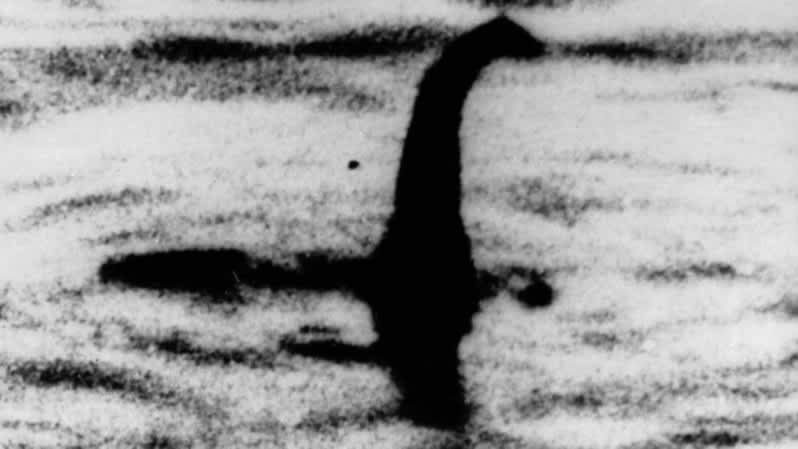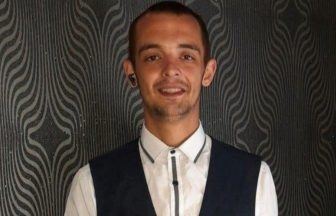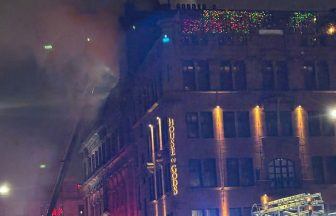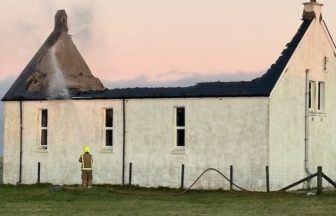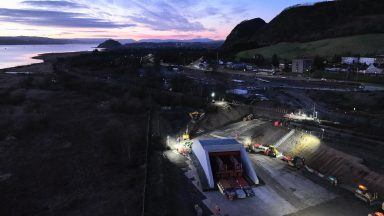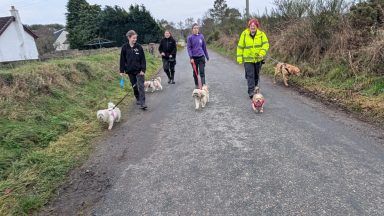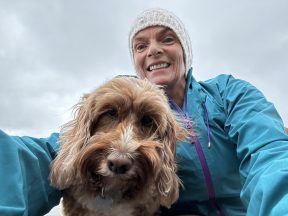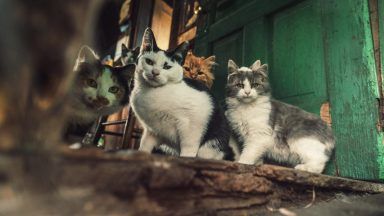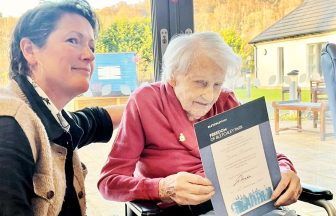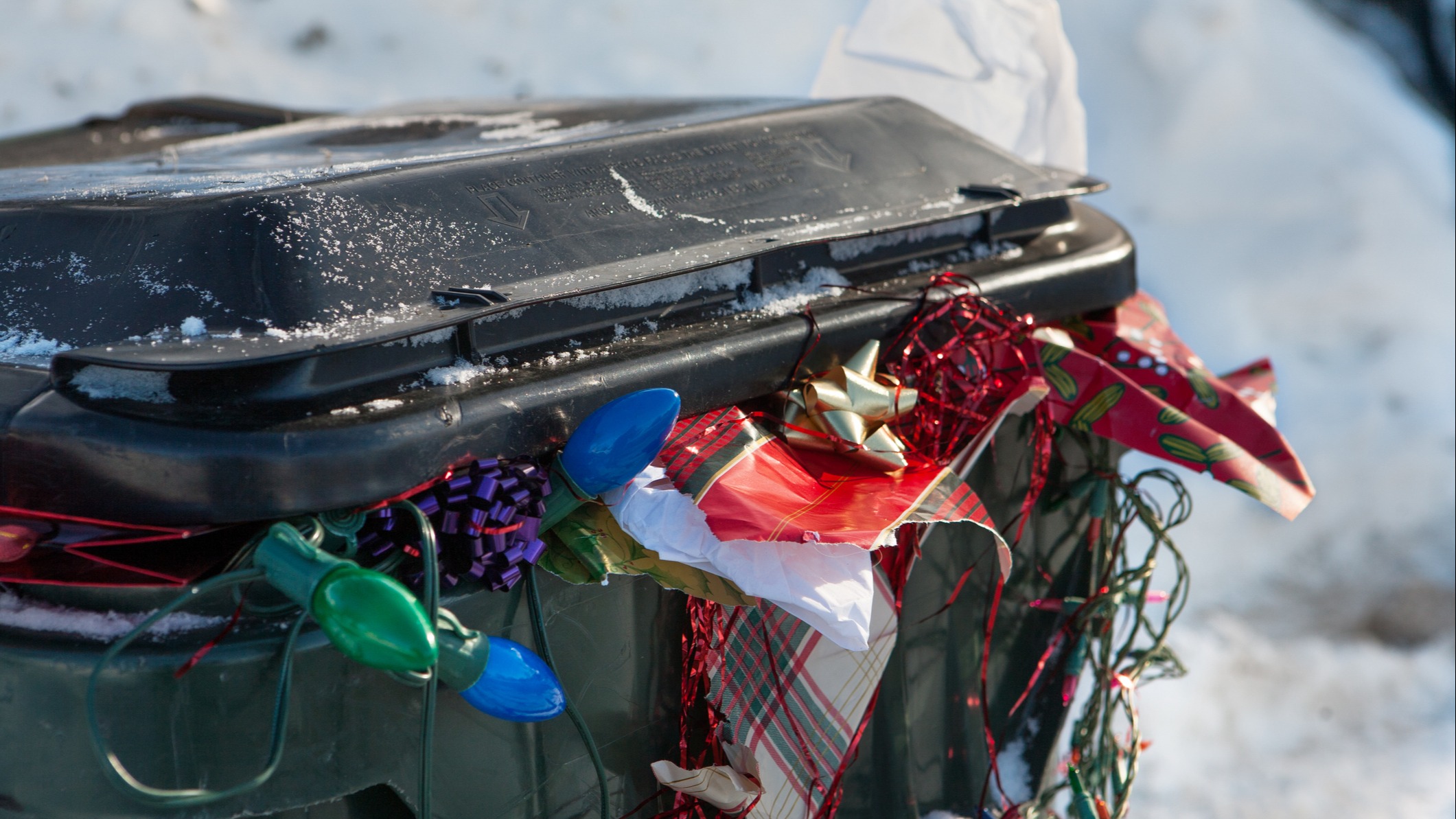ITV News’ Louise Scott has the latest on the myth of the Loch Ness Monster – as amateur sleuths could be on the brink of its discovery
One hundred hunters, 263 billion cubic feet of water, four cameras and one potential monster – this weekend it is hoped Scotland’s greatest mystery will be solved once and for all.
Amateur sleuths will descend on the Scottish loch, just south of Inverness, in the biggest bid to find the Loch Ness Monster in 50 years.
“Monster hunters” from as far away as Japan and New Zealand will be tuning in to livestreams of the huge body of water, in the hope of settling a longstanding debate as to whether or not the infamous Nessie actually exists.
Dubbed “the quest,” the event will involve specialised surveillance equipment that has never previously been used there before.
Organisers say it is the biggest “surface watch” since the Loch Ness Investigation Bureau (LNIB) studied the Loch in 1972, when volunteers were also on the lookout for the mythical beast – but without the new equipment.
The legend of the Loch Ness Monster
The legend of the Loch Ness Monster dates back to ancient times, but the story really gathered momentum after 1933 when sightings of a “dragon or prehistoric monster” were reported in the Scottish press.
Just a stone’s throw from the lake is the old Drumnadrochit Hotel, where in 1933 manager Aldie Mackay reported spotting a “water beast” in the loch.
The story kicked off an enduring worldwide fascination with finding the elusive monster, spawning hoaxes and hundreds of eyewitness accounts.
Numerous theories or explanations have been put forward over the years, including that the creature may have been a plesiosaur, a prehistoric marine reptile, giant eels or even swimming circus elephants.

Previous search teams launched a mission but were left disappointed when what they thought was monster remains at the bottom of the loch, turned out to be a 1970s film prop.
Many of the reported sightings have been proved to be a hoax.
Now the old Drumnadrochit Hotel is the home of the Loch Ness Centre, the centre of this weekend’s search.
The ‘quest’ to find Nessie
About 100 volunteers will be looking out for signs of life on the banks of the loch, Manager of the Loch Ness Centre, Paul Nixon told CNN.
There will also be four cameras positioned along the loch’s 22 mile length, which will be livestreaming for people to watch at home.
Mr Nixon, said: “I think there’s a very strong possibility that something will be spotted this weekend but then, of course, it raises the question as to what it will be.
“We will certainly have enough eyes on the water – we just need some good spotting conditions,” he added.

Each morning volunteers will be briefed by Alan McKenna, LNE’s founder, on what to look out for, including signs of “red herrings” and other marine movements that can be disregarded.
“The volunteers are going to be watching the water,” said Mr Nixon. “If they spot something, hopefully they will film it and then submit it to our online portal.”
Volunteers can still sign up to participate online in the livestream watch.
Mr McKenna added: “It’s our hope to inspire a new generation of Loch Ness enthusiasts.
“By joining this large scale surface watch, you’ll have a real opportunity to personally contribute towards this fascinating mystery that has captivated so many people from around the world.”
What’s different about the search this time round?
While Loch Ness is teaming with hundreds of thousands of visitors hoping to catch a glimpse of the elusive creature, this weekend’s stake-out is going hi-tech.
There’ll be plenty of new equipment aiding the search including:
- Thermal drones – These detect a heat source of a living creature.
- Infrared cameras – will be used to take pictures from the air.
- Hydrophone – these detect acoustic signals under water.

Mr Nixon said: “What’s different about our search this time is that obviously our volunteers will be armed with mobile phones and will be able to capture any movement more accurately and more regularly.”
Nixon said once the weekend is over, the sightings will be collated and analysed and the findings made public.
Follow STV News on WhatsApp
Scan the QR code on your mobile device for all the latest news from around the country


